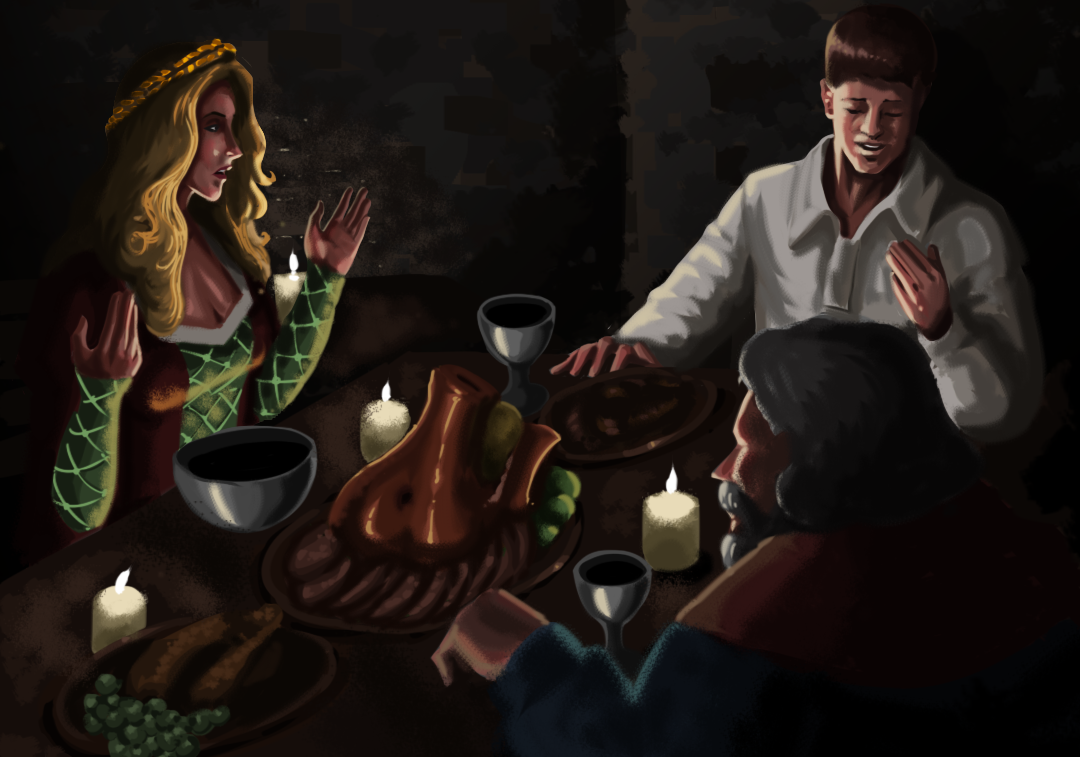
If we're going to be real for a second, most mobile strategy games are stuck in two different extremes. On one end, you’ve got super casual titles like Clash of Clans that feel more like time management apps than games. On the other, you’ve got ports of heavyweight PC titles like Civilization VI, which ask you to decipher tooltips and micromanage realms on a six or seven-inch touchscreen device. The games are either shallow dopamine loops or bloated complexity.
Finding Middle Ground
Where’s that elusive sweet spot? a mobile strategy game you can play with one thumb while waiting for your coffee, but still end up pouring hours into because you’re genuinely invested. A game that respects your time, your attention span, and your phone’s capabilities.
An Unexpected Inspiration
I'm not going to lie, BitLife was kind of a joke to me at first. On the surface, it looked like a meme-focused game with its funny family scenarios, alpaca farms, and other ridiculous story beats. But under all that chaos lied a rock-solid design philosophy. Tap-driven, portrait mode orientation, and full of weirdly compelling decisions. They managed to create great gameplay without a complicated UI or highly rendered art, it was all about systems.
When I began building Knight Estate, my strategy simulation game, I kept circling back to BitLife’s design. Because while CK3 is brilliant, it’s also a behemoth. If you're playing it on PC with a mouse, everything is great, but if you tried to manage 50 titles on a mobile screen with nested menus and scrolling tooltips? That would be torture.
What then, works on mobile?
"One-tap" gameplay, No zooming, no rotating cameras, minimal swipe gestures.
Low system load, No 1000 living characters causing a 2 FPS late-game disaster.
Fast emotional pacing, keep the highs and lows close together to respect the player’s time.
You weren’t playing BitLife as much as experiencing it. That’s the simplicity I wanted to capture.
Portrait Mode, the Silent MVP
Let’s talk screen orientation. Nothing screams “I AM GAMING AT WORK!” than good old landscape mode, It draws attention, especially if you’re in public. Portrait mode is low-key, socially acceptable, and built for the multitasker in all of us.
You can reply to an email, glance at Instagram, and then hop back into your game without flipping your phone like it’s a Nintendo DS.
More than that, portrait mode forces clarity. You can’t clutter the screen with twenty buttons or mini-menus. You have to give priority to what actually matters, player decisions and the game's feedback.
It’s no coincidence that some of the most successful mobile games lean hard into portrait mode. It meets players where they are, half-distracted, standing in line, phone in one hand, coffee in the other.
Accessibility matters, too. Some games demand you stay perfectly still, with no one bumping your arms. Ever tried playing XCOM or eFootball on a packed train? Elbow wars. Portrait mode avoids all that, making games like Knight Estate easier to play anywhere.
Avoiding the Late-Game Death Spiral
Every PC grand strategy player knows the pain: the game is perfect... until you reach year 300. lagging. Systems pile up. You’re managing characters who have become irrelevant after 20 hours, and your once-brilliant campaign turns into a miserable chore that you can't wait to complete.
Hardware constraints don’t tolerate inefficiency. That’s why one of my highest priorities was to ditch the bloat in Knight Estate.
Fewer systems mean stronger systems.
I had to cut filler events in favor of big, meaningful choices. No more “Your uncle is allergic to pickles” events.
The goal is to stay compelling at every stage of the game without dragging the player through spreadsheet hell.
Avoiding The PC Game Clone Trap
There's a tempting trap when designing for mobile: just take a beloved PC game, shrink it down, and call it a day.
You lose what makes it work, the detail, the breathing room, the keyboard shortcuts, the mouse. Trying to manage that level of detail on mobile would be impossible.
So instead of cloning games like CK3, Knight Estate tries to translate them. Not by direct porting, but by reinterpreting them for mobile.
My Goal With Knight Estate
To capture the spirit of great strategy games both modern and old classics like Stronghold Crusader, the events of betrayal, intrigue, and the emergent chaos.
Quick sessions, clean UI, and drama you can digest in five minutes between your real-life tasks.
Lastly
Mobile strategy games deserve better. Not more. Just better. More meaningful decisions, faster emotional highs and lows, and a UI that gets out of the way so the narrative of the game can shine.
Knight Estate is my attempt to find that balance, between depth and accessibility, between chaos and control. And if you’ve read this far, I hope you’ll join me in building it.
Try out Knight Estate on Google Play Today.
Congratulations @knightestategame! You have completed the following achievement on the Hive blockchain And have been rewarded with New badge(s)
Your next target is to reach 700 upvotes.
You can view your badges on your board and compare yourself to others in the Ranking
If you no longer want to receive notifications, reply to this comment with the word
STOP